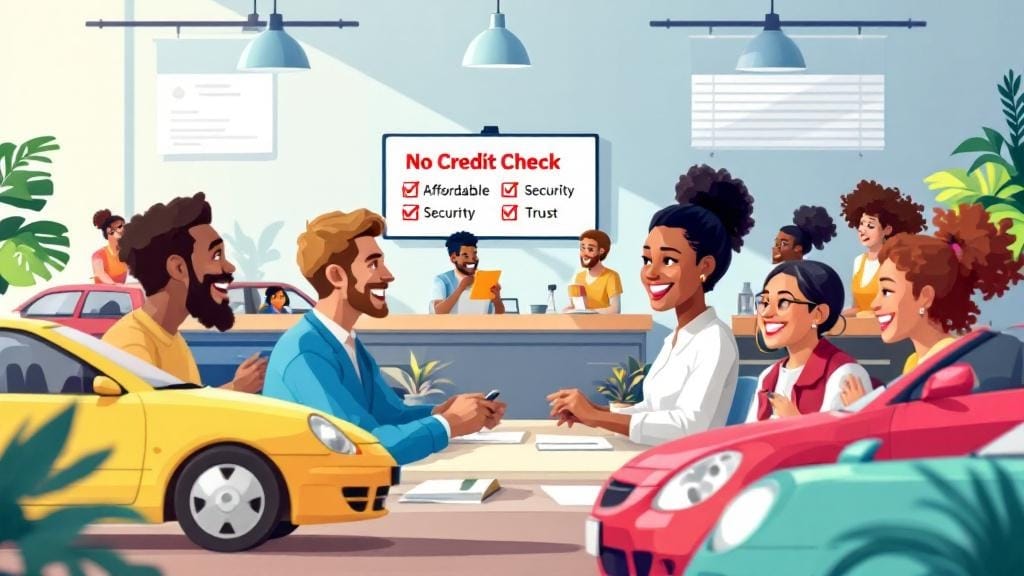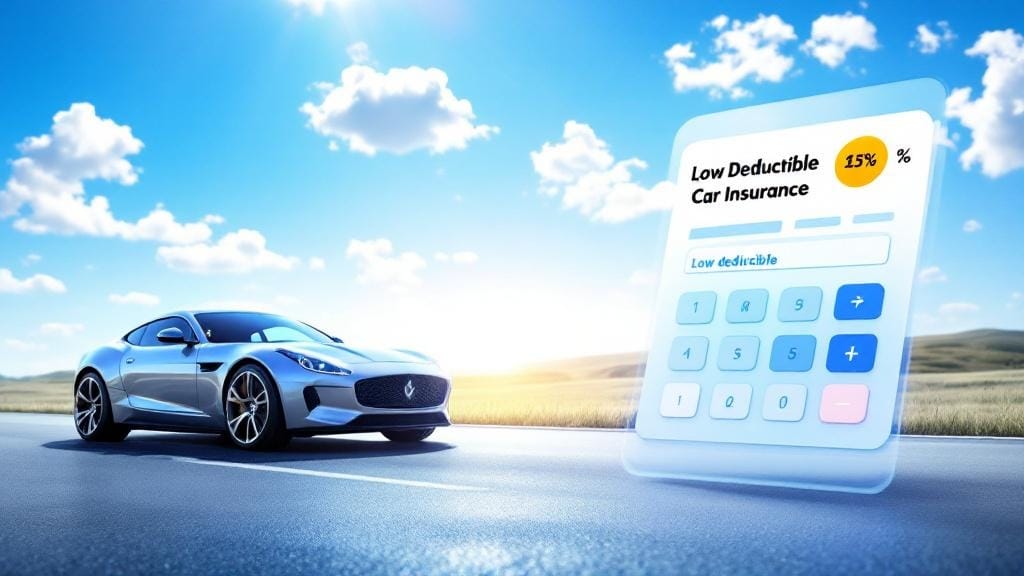Struggling with debt can feel overwhelming—but finding affordable debt help shouldn’t make things worse. Whether you’re dealing with credit card balances, medical bills, or personal loans, there are practical, cost-effective debt repayment options available. The key is knowing where to look and how to take that first step.
In this guide, you’ll discover expert-backed, budget-friendly debt solutions designed for everyday people. We’ll cover everything from free or cheap debt advice to debt support for low-income households, so you can start reclaiming your financial future—without adding more to your plate.
Why Affordable Debt Help Matters
Living with debt can affect more than your wallet—it can impact your mental health, relationships, and overall quality of life. Many people delay getting help because they fear it’s too expensive. But the truth is, there are low-cost and even free options that can make a big difference.
Benefits of Seeking Affordable Debt Solutions:
Lower monthly payments
Reduced or waived interest rates
Professional guidance without high fees
Better credit habits
A clear path to becoming debt-free
Let’s explore how you can take advantage of affordable personal debt solutions—without going broke in the process.
1. Start With Free or Low-Cost Debt Counseling Services
One of the best ways to begin is by speaking to a certified credit counselor. These professionals offer nonprofit debt help, often at little to no cost.
What You Get:
A complete financial assessment
Tailored advice on budgeting and expenses
Help creating a debt repayment plan
Access to a debt management plan (DMP) if needed
Tip: Look for agencies approved by the National Foundation for Credit Counseling (NFCC) or Financial Counseling Association of America (FCAA). They follow strict ethical standards and usually offer reduced-cost debt help.
2. Enroll in a Debt Management Plan (DMP)
If you’re juggling multiple debts, a DMP can simplify your payments. Here’s how it works:
A counselor negotiates with your creditors
They may reduce interest rates or waive fees
You make one monthly payment to the agency
The agency pays your creditors directly
It’s a popular option for credit card debt solutions, especially if you’re dealing with high APRs. Plus, most DMPs come with a small monthly fee (often under $50), making them a cost-effective debt repayment method.
3. Look Into Government Debt Relief Programs
If you’re experiencing financial hardship, government debt relief programs can offer a lifeline. These include:
Income-driven repayment plans for student loans
Debt forgiveness options after consistent payments
Rental and utility bill assistance
Emergency financial hardship assistance
Programs vary by location, so check your local government or visit Benefits.gov for more info.
4. Consider Affordable Debt Settlement Options
Debt settlement involves negotiating with creditors to accept less than what you owe. While it can impact your credit, it might be a good option if:
You’re unable to keep up with payments
Your debt has already gone to collections
You want to pay off debt affordably in a lump sum
Look for affordable debt settlement providers who charge based on results (not upfront fees). Nonprofit organizations may even guide you through the process at a reduced cost.
5. Use Low Interest Debt Support Tools
Refinancing or consolidating your debt into one lower-interest loan can save you money long-term. You may want to explore:
Balance transfer credit cards (with 0% intro APR)
Personal loans for debt consolidation
Home equity loans (only if you have strong financial discipline)
These tools offer low interest debt support that can accelerate your repayment—if used responsibly.
6. Find Nonprofit or Community-Based Debt Help Organizations
Local nonprofits often provide affordable debt recovery solutions including:
Budgeting workshops
One-on-one debt counseling
Consumer credit services
Referrals to legal aid or social services
Search for services in your area by using terms like:
“Debt help organizations near me”
“Nonprofit credit counseling in [your city]”
These groups can be especially helpful for low-income debt relief programs and urgent assistance.
7. Explore Digital Platforms Offering Reduced-Cost Debt Help
Technology has made it easier than ever to get affordable guidance. Many fintech apps and platforms now provide:
Free credit monitoring
AI-powered budgeting tools
Access to certified financial coaches
Virtual debt counseling services
Examples include Undebt.it, Bright Money, or even some banks’ in-house debt support tools. Always research the provider’s background and fees before signing up.
8. DIY Debt Payoff Methods That Don’t Cost a Dime
Sometimes, the best plan is one you make yourself—especially when funds are tight. Consider:
Debt Snowball Method: Pay off smallest debt first for motivation
Debt Avalanche Method: Tackle highest interest rates to save more
Zero-based budgeting: Assign every dollar a job, including debt
These strategies help you pay off debt affordably without needing a third party.
✅ Real-Life Example: How One Family Paid Off $30,000 with Affordable Debt Help
Sarah and Amit, a couple from Ohio, found themselves overwhelmed with $30,000 in credit card and medical debt. Unsure of where to start, they turned to a local nonprofit debt help agency. Here’s what they did:
Got a free consultation from a certified credit counselor
Joined a debt management plan with 6% negotiated interest
Paid one monthly installment of $620 (down from $900)
Took budgeting classes offered by the nonprofit
Became debt-free in just under 5 years
The best part? Their total service fee was under $20/month.
🙋 Frequently Asked Questions (FAQs)
1. What’s the best way to get affordable debt help if I have a low income?
Start with nonprofit debt help organizations or look into low-income debt relief programs offered by your state or city. Many provide debt counseling services at no cost and help set up custom repayment plans.
2. Can I negotiate my credit card debt on my own?
Yes, you can try to settle credit card debt yourself. Call your credit card issuer, explain your situation, and request a lower interest rate or lump-sum settlement. Just be sure to get any agreement in writing.
3. Are government debt relief programs really free?
Most are. Programs like income-driven repayment plans or hardship relief options typically don’t cost anything, though you may need to meet certain eligibility criteria. Check with official sources like studentaid.gov or Benefits.gov.
4. How do I choose a trustworthy debt help agency?
Look for certified nonprofit agencies affiliated with the NFCC or FCAA. Avoid any company that charges upfront fees or guarantees quick results—it may be a scam.
5. Can I get debt help without hurting my credit score?
Yes. Options like debt counseling and DMPs may temporarily affect your score but often help improve it over time by reducing missed payments and high utilization.
6. Are there apps that offer affordable debt help?
Yes, several apps like Tally, Bright, and Cushion offer budget tracking, bill negotiation, and low-cost or free financial coaching.
7. What is a debt repayment plan, and how is it different from a DMP?
A debt repayment plan is a broad term for any structured method of paying off debt. A Debt Management Plan (DMP) is a specific program offered by credit counseling agencies to negotiate and consolidate debt payments.
📝 Final Thoughts: Don’t Let Cost Stop You From Getting Help
Affordable debt help is out there—and it’s more accessible than most people realize. Whether through a nonprofit agency, a government-backed program, or a self-guided plan, you can start taking control of your finances today without spending a fortune.
Remember: You don’t need to be wealthy to get out of debt. You just need the right tools, the right guidance, and a commitment to change.








Comments (0)